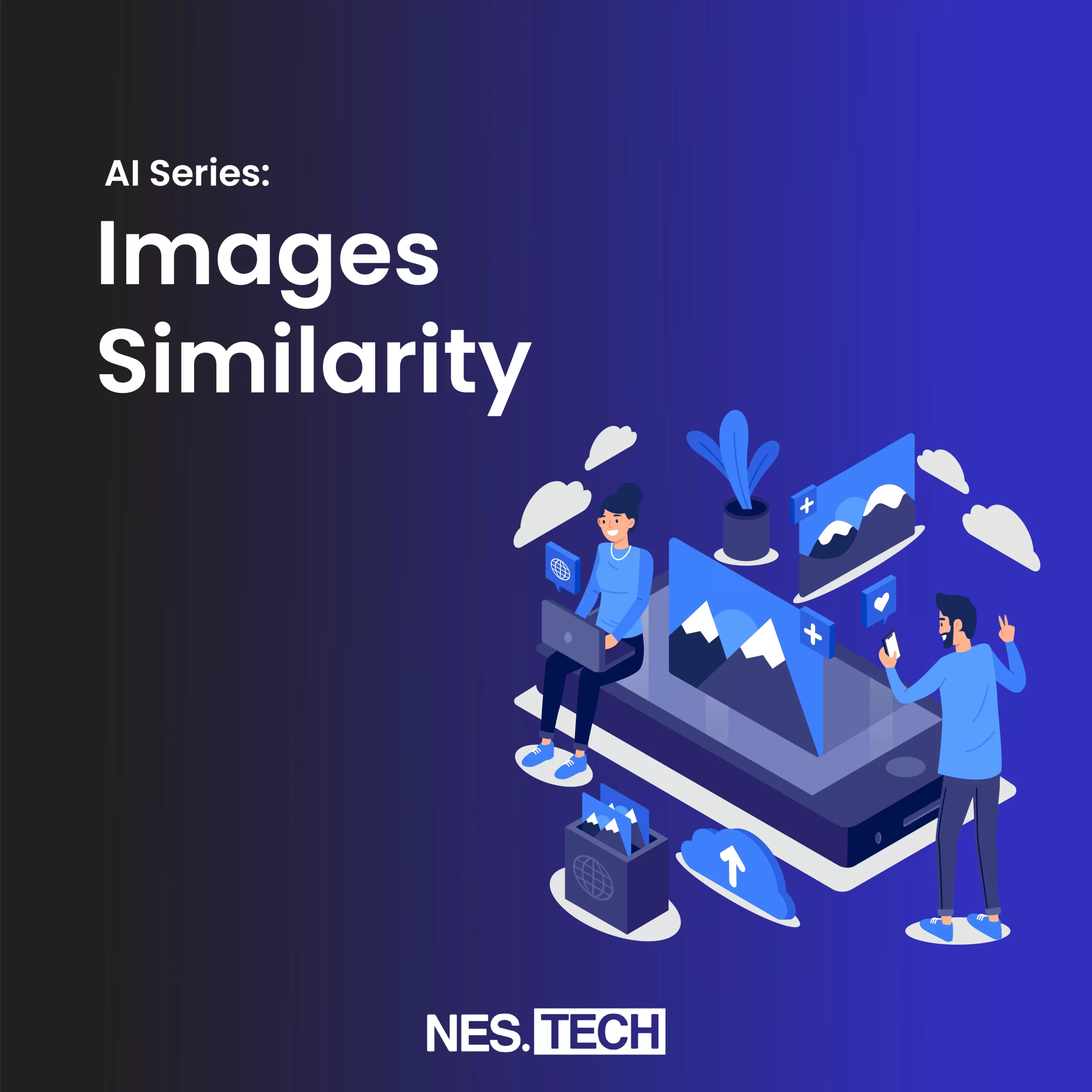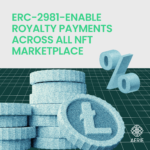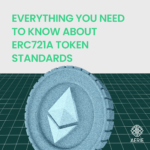Exploring Advanced Image Similarity Features

Here is another insightful post delving into our extensive documentation, this time highlighting the cutting-edge image similarity functionalities. The ability to accurately search for and analyze images is more crucial than ever. The core premise of NFTs hinges on the notion of uniqueness and proof of ownership. Given that NFTs represent various digital assets like art, music, and videos, ensuring the authenticity and originality of these digital items is crucial.
The use of sophisticated image search and analysis tools aids in verifying that each NFT is genuine and not a duplicate or counterfeit. This is particularly important in maintaining the integrity and value of the NFT market, where the uniqueness of an asset is often what gives it value. Advanced image search and analysis capabilities play a pivotal role in supporting the foundational principles of authenticity, transparency, and security in the blockchain and NFT domains.
These functionalities are not just tools; they represent a leap forward in how we interact with and understand digital images.
Understanding the imageSimilarityTest Function
The imageSimilarityTest function is a powerful tool designed to scour our extensive image similarity database for matches to a user-provided image. This is how it works:
1. User Input: Users start by submitting a valid URL of an image.
2. Search Execution: Our search engine then processes this image, comparing it against a vast database of images.
3. Results: The outcome is a collection of images that bear a resemblance to the submitted one, allowing for a variety of applications, from copyright verification to digital art comparison.
This tool is particularly valuable in the realms of digital rights management and content creation, where ensuring the originality and authenticity of images is of utmost importance.
The Potential of the imageSimilarityTrain Function
While the imageSimilarityTest function is about finding matches, the imageSimilarityTrain function is about expanding possibilities. It enables users to contribute new images to our database, enhancing the search engine’s comprehensiveness and accuracy. Here’s how it functions:
1. Image Submission: Users provide a valid URL, along with metadata, for the image they wish to add.
2. Verification: The system first checks to ensure this image doesn’t already exist in our database.
3. Training the Engine: Once verified, the image is added, or “trained”, into our search engine, expanding its database and its ability to recognize an even wider array of images in future searches.
This functionality is a game-changer for creators and archivists who wish to contribute to a growing, decentralized repository of images, ensuring their work is part of the digital landscape searchable by others.
A New Horizon in Image Management and Blockchain Integrity
The advanced image similarity features we’ve explored in this article — imageSimilarityTest and imageSimilarityTrain — mark a significant advancement in the realm of blockchain services. By facilitating robust image search and analysis, these tools are not just enhancing the way we handle digital images; they are crucial in upholding the integrity and value of the burgeoning NFT market.
The imageSimilarityTest function stands out as a cornerstone for digital rights management, ensuring that the images associated with NFTs are unique and authentic. This functionality is invaluable for artists, creators, and collectors alike, offering a new level of assurance in the digital landscape.
On the other hand, imageSimilarityTrain opens the door to an ever-expanding digital repository. By allowing users to add new images to the database, it ensures a continuously evolving search capability, reflecting the dynamic nature of digital art and assets.
Together, these functions underscore our commitment to providing innovative, secure, and reliable solutions in the blockchain and NFT space. As we move forward, embracing these advanced technologies will not only safeguard the uniqueness and value of digital assets but also empower creators and users in this digital era. The future of blockchain services, underpinned by such advanced image similarity features, looks bright, bringing a new level of depth and security to our digital interactions.









